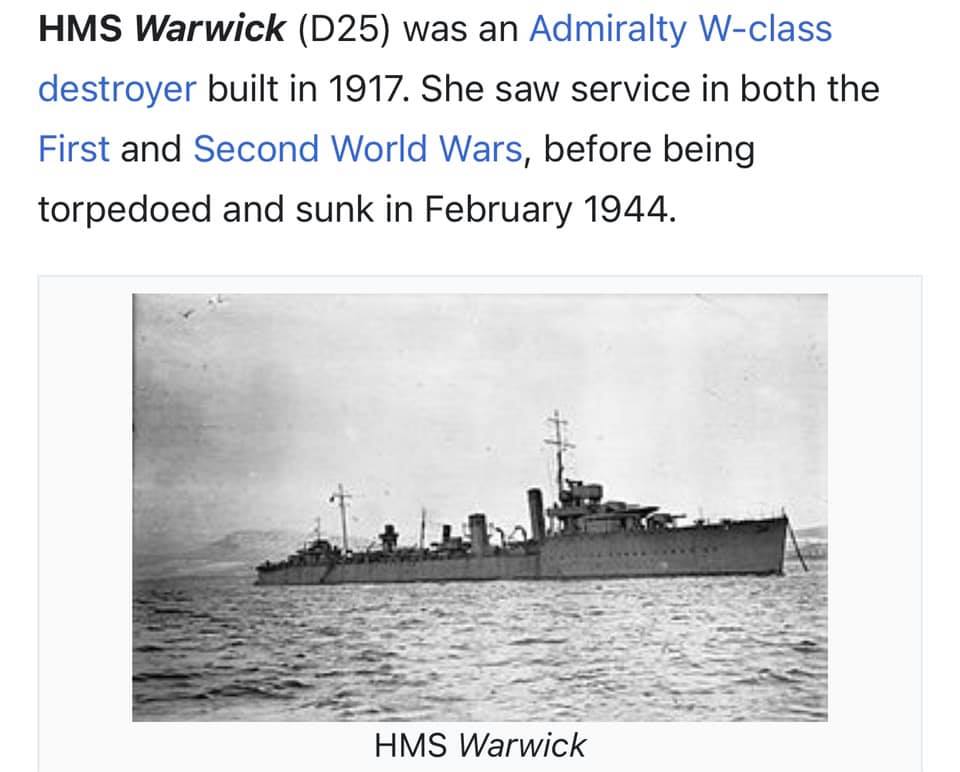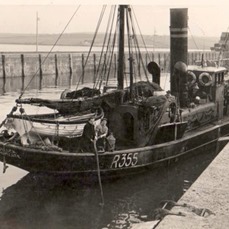HMS WARWICK

HMS Warwick was an Admiralty W warship built during the first world war as part of the Royal Navy Emergency War Programme. She was launched on 28 December 1918 and was torpedoed off Padstow on 20 February 1944 by German U-boat U-413.
Information from Wikipedia.
TRAWLER BOY TO TRAWLER MAN
(For Padstow Echo – Christmas 2014)
Victor Crisp’s name appears on the HMS Warwick memorial on the Red Brick Building. He
was the skipper of the LADY LUCK the trawler that rescued many of the survivors from that fateful
sinking off our coast in 1944.
His memoirs “From Trawler Boy to Trawler Man” have been published by Lowestoft Archive
and contain much of interest to us here in Padstow where he first came as a boy of 16.
It was early spring in 1915…. Mother had a letter from Dad to pack our things….. it
was the last of me seeing Lowestoft for four long years…..
 There was the journey to London, the taxi ride to Waterloo and the long run to
Padstow.
There was the journey to London, the taxi ride to Waterloo and the long run to
Padstow.We were met at the station by a homely old lady and her daughter. The station being
near the water I could see nothing but sand. I found out afterwards that at low tide the harbour was
dry. The new dock and fish market were being built. They were blasting the rock at the bed of the
dock to deepen it seven feet. The pier and covered market were quite new in anticipation of the port
growing as a fishing centre. Previous to this fishing boats had to use their small boats to bring
the catch to the harbour and to take stores back to the ship lying down river when the tide was low.
I was more than surprised to see all the lights which were electric come on. We had been used to a
strict blackout at home. Very few houses in Lowestoft had electric light laid on. At home we had
paraffin lamps in most of the houses.
The next morning I was up and outside. The tide was low, a small dock empty of water,
had an old boat of which I had never seen the like before. It belonged to Mr Parken and was used to
supply the village of Rock on the other side of the river.
From the other side of the harbour came the chug chug of an engine from the Ice
Factory which also generated the electricity.
I went towards the Fish Market where sales were in progress . I saw that a horse and
wagon had to be used to bring the fish from the vessels.

By now there were three vessels coming up river with the tide. One was from Ramsgate
and the other two Lowestoft. The community was growing. Beside the families from Lowestoft there
were also several from Ramsgate. These people in a sense were refugees in their own country, who had
been advised to leave the East Coast, as it was now in the front line of defence. There were also
shipwrights, riggers and storekeepers and their families beginning to arrive.
My father arrived in from sea after we had been there some two days. He spoke of my
getting work, but not at sea. I was very disappointed at this. Some of the lads my age were cooks
with their fathers, why not me ?
I had my first job earning a few shillings a week as office boy for one of the
Lowestoft owners whose name was Williams. He eventually joined up with a Cornish fish buyer who held
a monopoly in the fish business all over Cornwall by the name of Pawlyn. My job was to take letters
and parcels to the crews whose relatives were still residing in Lowestoft, when they arrived in from
sea, fetch tea from the tiny Mission to Deep Sea Fishermen and various other work in the riggers
store.
Victor did eventually go to sea with his father and saw at first hand the destruction
of several fishing smacks by German submarines. Undeterred he made fishing his career and in WW2
brought his young family to Padstow to live in what is now Harbour View Flats and shops. They shared
it with another Lowestoft family.
Thanks to Roy Crisp who sent a copy of the book to Padstow Museum - John Buckingham
